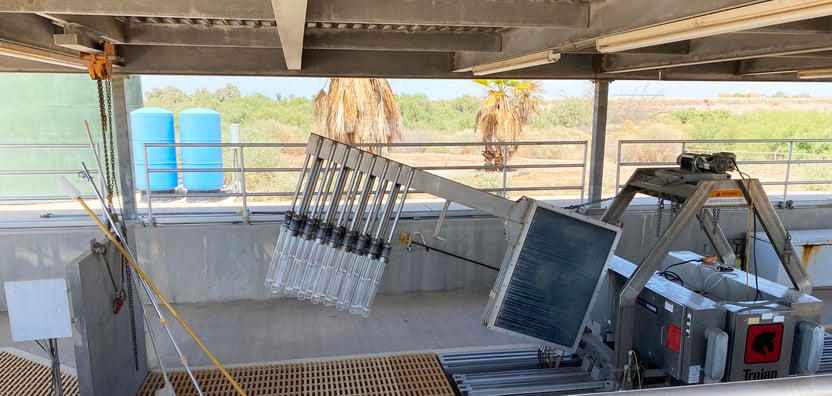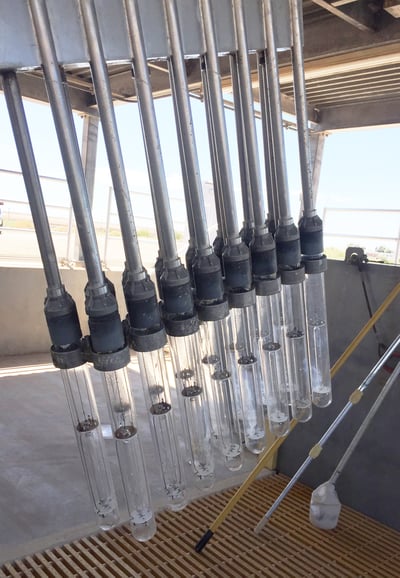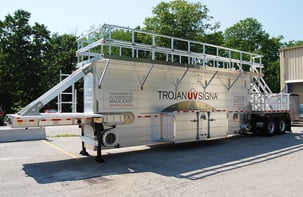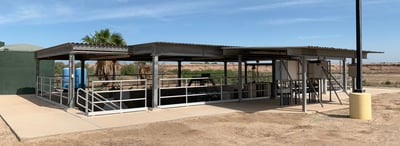Wastewater Treatment Plant
Year: 2023
Author: Sam Lee

In 2001, the TrojanUV4000 was installed as part of the City’s WWTP Expansion and Modification project. At the time, the TrojanUV4000 was an advanced UV disinfection system designed for large wastewater treatment plants and it provided effective disinfection against waterborne pathogens to meet the effluent discharge requirements.

Trojan ceased production of the TrojanUV4000 in 2017 due to the evolution of UV technology in the newer UV wastewater disinfection systems. Although parts for the TrojanUV4000 system continued to be stocked and available for the next couple of years, the City decided to upgrade its UV disinfection system with a new TrojanUVSigna® system before finding available parts for the old TrojanUV4000 system became problematic.
The TrojanUVSigna® incorporates innovations, including the TrojanUV Solo Lamp® Technology, to reduce the total cost of ownership and drastically simplify operation and maintenance. It is also designed to fit into most existing channels, enabling the City to install the new system in the existing location with minimal structural modifications. The new system provides the City various benefits including low lamp count and high electrical efficiency, optimized power consumption, easy UV lamp change, and more.
The project has three key challenges.
1). The plant and the UV disinfection system must continue operations without shutdown.
2). Discharged water quality must be maintained during the construction phase to ensure there will be no NPDES disinfection violations on wastewater discharges.
3). The existing facility is located beneath a structural canopy with limited access to the UV channel.

A bypass temporary UV system will be maintained during the construction phase. The temporary UV system is a mobile type of UV disinfection system. A manufacturer’s representative will be required onsite for a minimum of 2-4 days with the unit fully functional in order to collect data and verify that the system works properly and verify effluent water quality (NPDES requirements).
The City is required to sample and monitor effluent data on a daily basis and report the results to the Water Quality Control Board to ensure that there are no discharge violations to the NPDES permit during construction.

Access problems during the demolition of the existing UV system and the installation of the new UV system may be resolved by partially disassembling the existing canopy. The roof beams and vertical support columns are connected by bolts and nuts and may be disassembled; however the canopy metal deck is welded to the canopy roof beams. Lighting and electrical conduits and wires may need to be rerouted or temporary lighting provided.
LEE + RO was able to determine a solution and design the new replacement UV system that aligns with the City’s requirements without a shutdown.
This project established a clear path for the next phase, which involves construction engineering services for the construction of the new UV system so the City can maintain plant effluent quality while realizing new benefits, including low lamp count and high electrical efficiency, optimized power consumption, as well as operational maintenance benefits such as easy UV lamp changes.